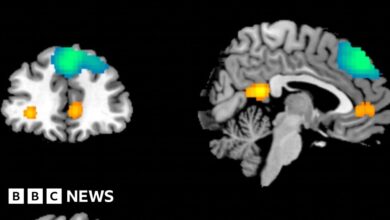Artificial Intelligence Revolutionizes Data Centers, Subsea Cables

By Harry Baldock, Total Telecom
May 20, 2024
Analysis by Xtera’s Chief Operating & Sales Officer, Leigh Frame (human)
Artificial Intelligence (AI) has become a major disruptor, sparking stock market excitement, corporate collaborations, and infrastructure advancement. The growing enthusiasm for AI, exemplified by models like ChatGPT, has driven companies such as Nvidia to frothy valuations (bigger than Alphabet or Amazon?) and spurred partnerships between tech giants and AI startups. However, amidst this fizzing excitement lies a profound transformation silently unfolding within the corridors of data centres and the depths of subsea cables.
AI’s dual facets, Training and Inference, create divergent demands on data centre architecture. The high demand for computing power in Training AI has led to an increase in power-dense servers. This trend requires data centres to be located where there is ample energy and cooling resources available. On the other hand, Inference AI, which relies on low latency for the user experience, tends to be located in urban areas to serve proximity-driven applications. These drivers have resulted in a divergence of data centre locations, increasing the need for connectivity between terrestrial and subsea networks.
Industry titans such as Amazon and Google envision dedicated data centres tailored to accommodate the colossal computational demands of AI training, heralding a new era characterised by unprecedented scale. But AI’s impact on data centres goes beyond just spatial factors; it is leading to a significant change in infrastructure design. The shift from air to liquid cooling, demonstrated by Nvidia’s AI racks with power densities of 30-40kW, highlights the necessity for specialised AI facilities.
Data centres are at the core of AI’s predicted proliferation, with forecasts of exponential growth in power consumption and operational expenditures. Analysts foresee a sevenfold surge in AI-related power consumption by 2026, heralding a lucrative $12 billion revenue opportunity for data centre operators. Equinix has reportedly earmarked a $21 billion addressable market for AI-centric data centre services by 2026, propelling a seismic shift in revenues. Tirias Research predicts a substantial 212-fold increase in data centre power consumption by 2028, driving the industry’s value to an estimated $76 billion.



